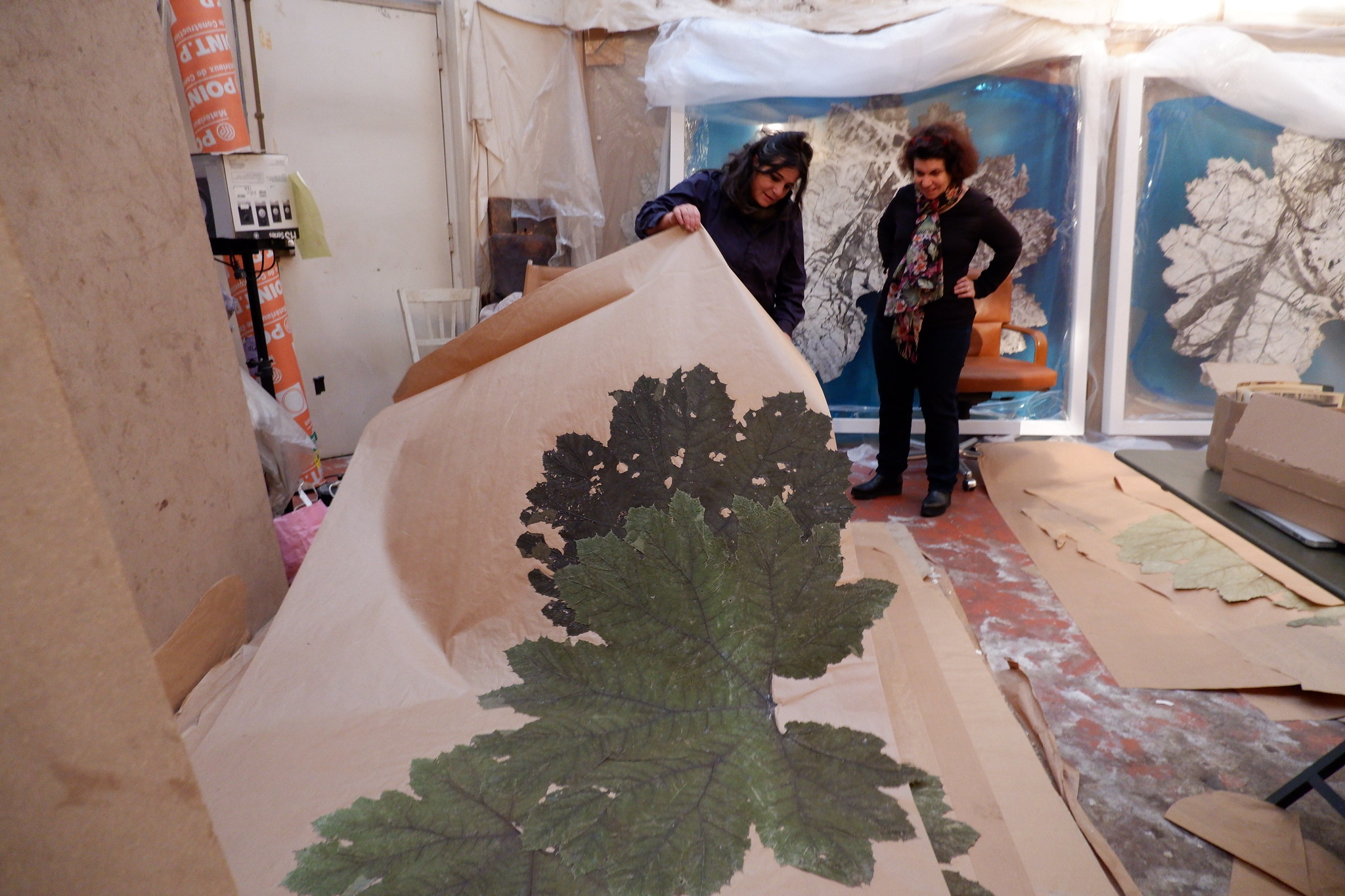https://www.picturesquevoyages.com/wp-content/uploads/2020/06/5527575232_4b89eddce7_k.jpg
1536
2048
admin8800
https://www.picturesquevoyages.com/wp-content/uploads/2019/02/picturesquevoyageslogo-300x68-2-300x68.png
admin88002020-06-11 12:53:452020-06-11 12:53:45Surprising Stories: Rodin’s The Burghers of Calais: Resistance and Sacrifice
https://www.picturesquevoyages.com/wp-content/uploads/2020/05/23172689_1846991101985554_4815079057292183083_n.jpg
600
600
admin8800
https://www.picturesquevoyages.com/wp-content/uploads/2019/02/picturesquevoyageslogo-300x68-2-300x68.png
admin88002020-05-18 12:53:072020-05-19 10:18:43Surprising Stories: Fragile Flowers: Redouté, Prints and Porcelains
https://www.picturesquevoyages.com/wp-content/uploads/2020/05/photo-1586714027153-b014fb5f4d90.jpeg
500
667
admin8800
https://www.picturesquevoyages.com/wp-content/uploads/2019/02/picturesquevoyageslogo-300x68-2-300x68.png
admin88002020-05-09 09:41:142020-05-18 10:32:58Surprising Stories: The Buttes-Chaumont: A Model for a Green City
https://www.picturesquevoyages.com/wp-content/uploads/2018/06/place-des-vosges.jpg
567
567
admin8800
https://www.picturesquevoyages.com/wp-content/uploads/2019/02/picturesquevoyageslogo-300x68-2-300x68.png
admin88002020-04-28 15:41:182020-04-29 15:35:13Surprising Stories: La Place Des Vosges: Fashion and Architecture in the Marais
https://www.picturesquevoyages.com/wp-content/uploads/2020/04/Bagatelle_01.jpg
538
800
admin8800
https://www.picturesquevoyages.com/wp-content/uploads/2019/02/picturesquevoyageslogo-300x68-2-300x68.png
admin88002020-04-18 18:12:552020-04-19 09:05:51Surprising Stories: A Princely Wager at Bagatelle
https://www.picturesquevoyages.com/wp-content/uploads/2020/04/29314471652_b81854a0a2_k.jpg
1536
2048
admin8800
https://www.picturesquevoyages.com/wp-content/uploads/2019/02/picturesquevoyageslogo-300x68-2-300x68.png
admin88002020-04-10 12:36:252020-04-10 14:53:39Surprising Stories: Monet's Water Lilies, from Giverny to the Musée de l'Orangerie
https://www.picturesquevoyages.com/wp-content/uploads/2020/01/IMG_4142.jpg
3024
4032
admin8800
https://www.picturesquevoyages.com/wp-content/uploads/2019/02/picturesquevoyageslogo-300x68-2-300x68.png
admin88002020-01-20 17:34:312020-01-23 12:54:15Nature into Art: Reversing the Picturesque
Scroll to top
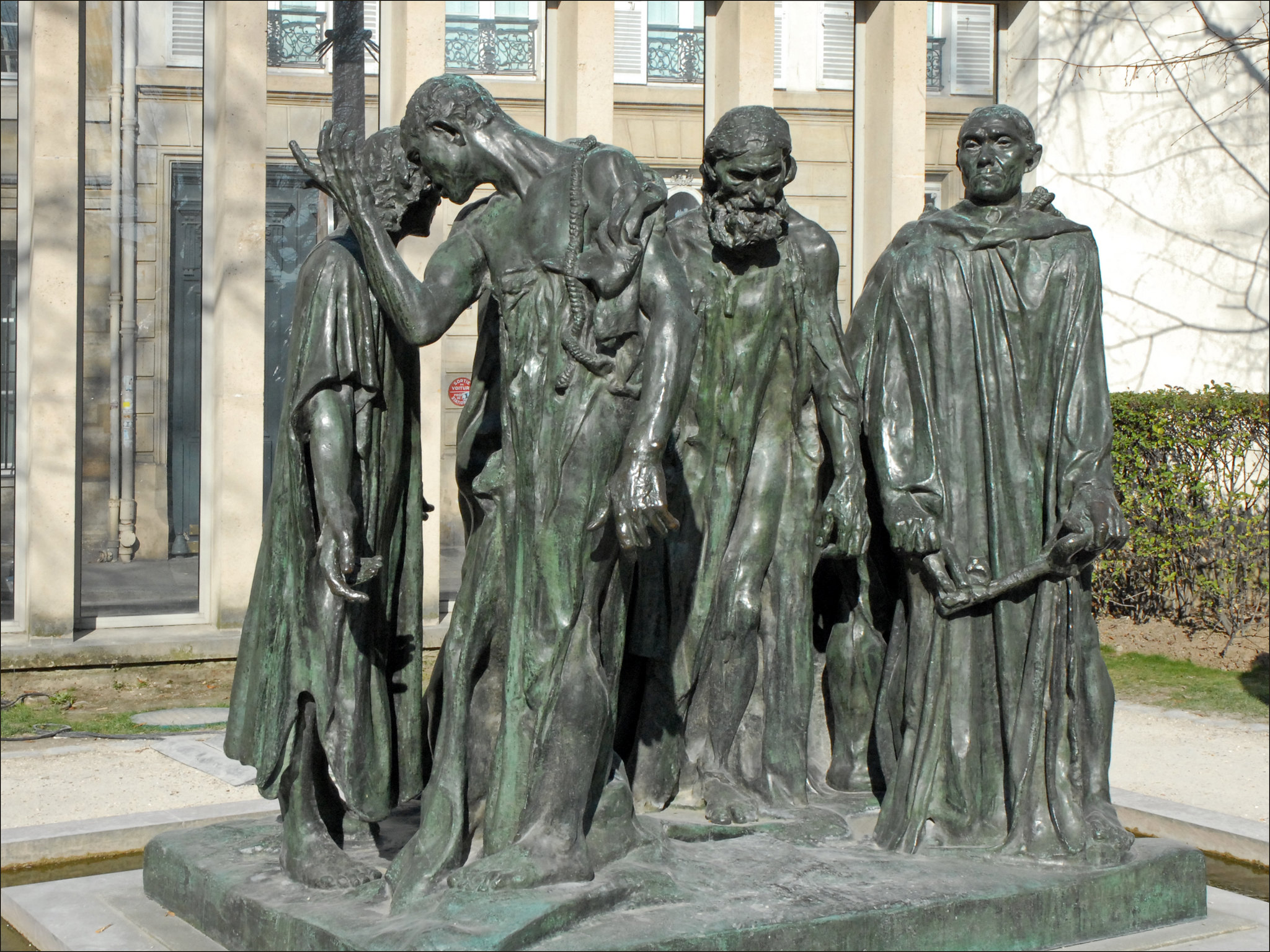


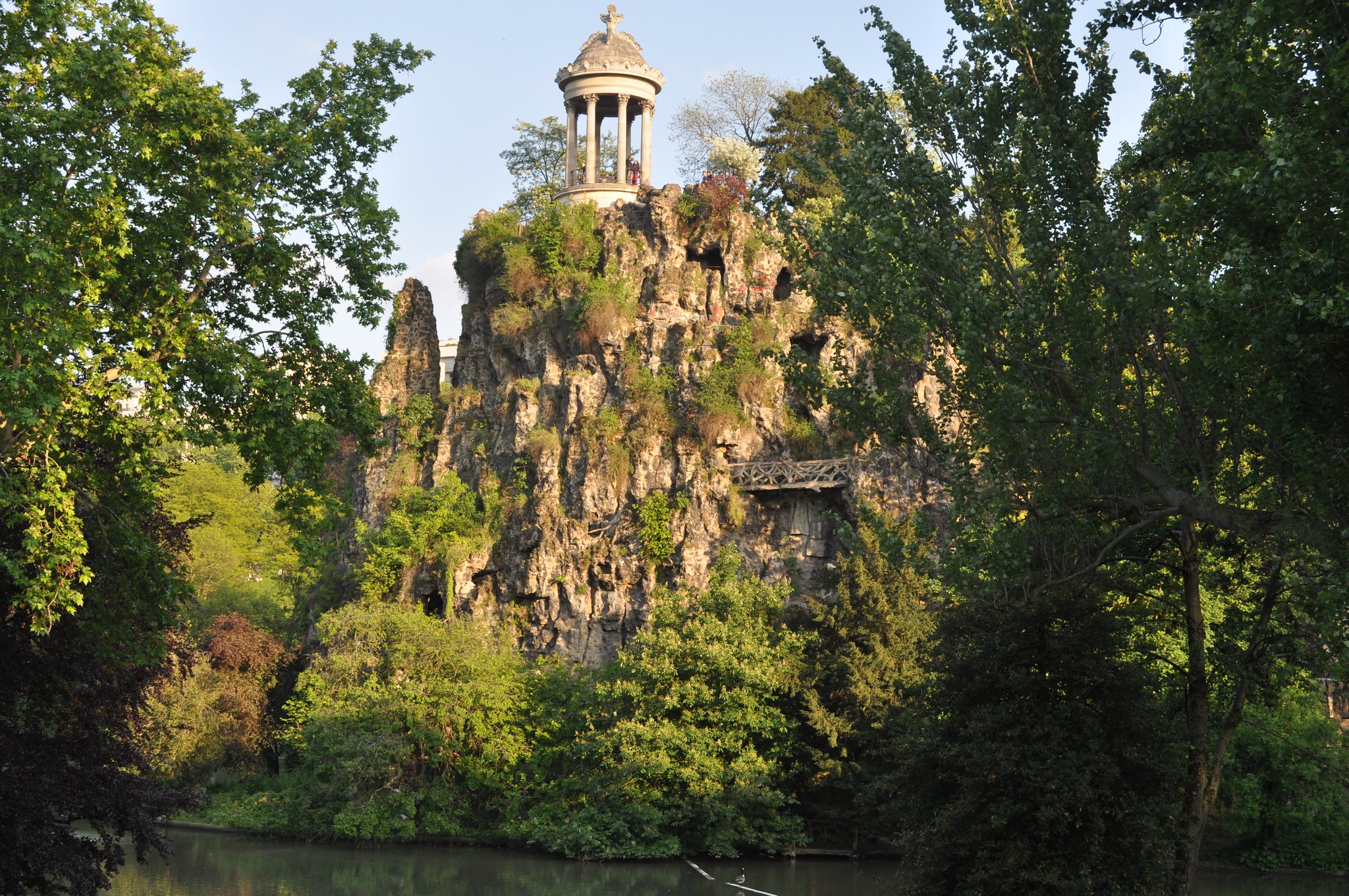
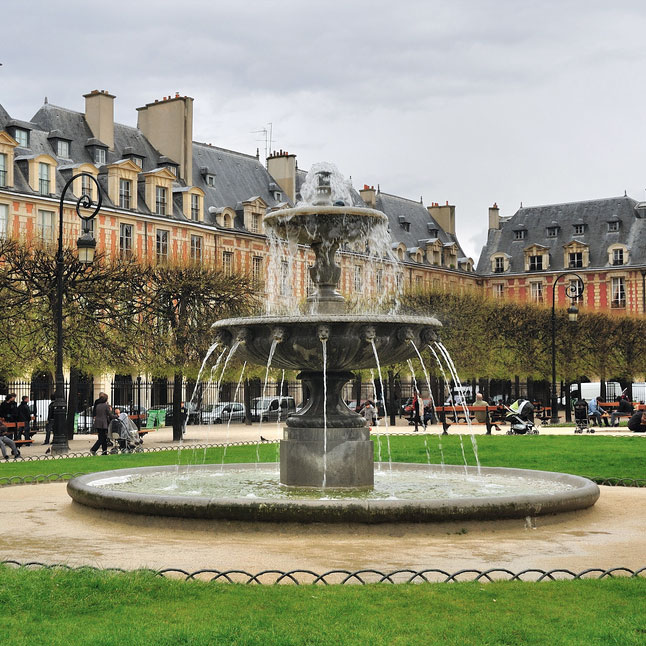
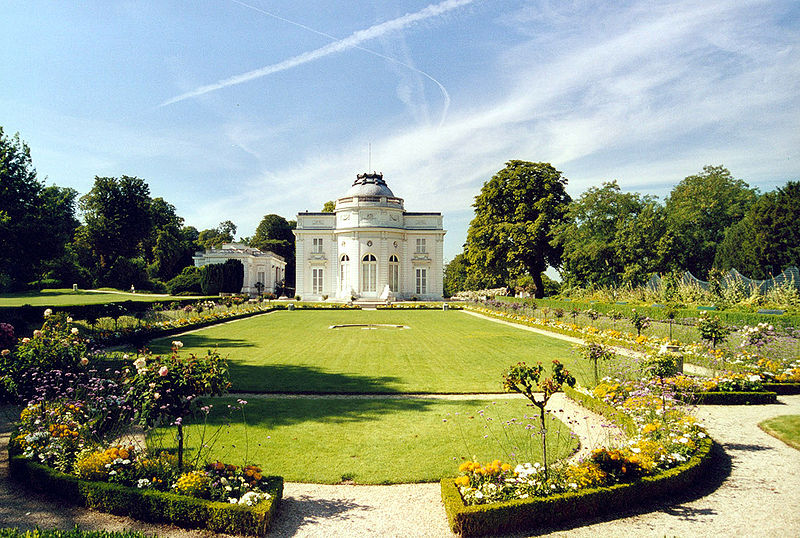
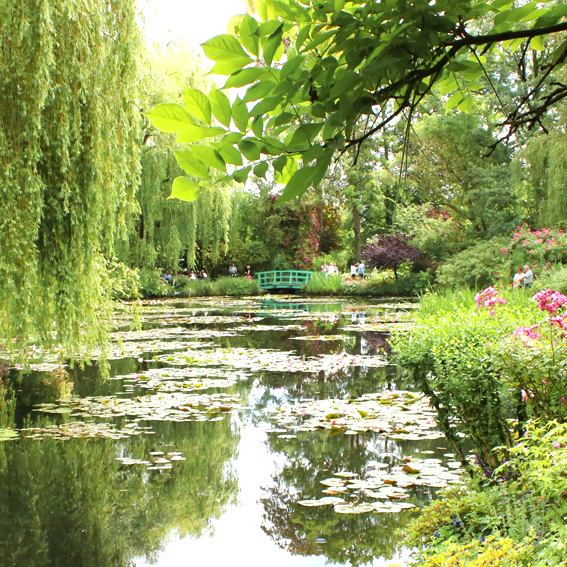 With the arrival of spring blossoms and warmer weather, it is all the more challenging to be confined to our homes. It was the goal of many Impressionist artists to capture this moment of nature’s splendor and few achieved this as gloriously as Claude Monet. Dreaming of his radiant gardens can offer some respite from our newly restrictive daily lives, especially his meditative water lily panels. These masterpieces have made the Musée de l’Orangerie one of the most famous museums in Paris, however, few know that the museum would not have been possible without the tireless efforts of Georges Clemenceau; then the Prime Minister of France and friend of Monet. This edition of our
With the arrival of spring blossoms and warmer weather, it is all the more challenging to be confined to our homes. It was the goal of many Impressionist artists to capture this moment of nature’s splendor and few achieved this as gloriously as Claude Monet. Dreaming of his radiant gardens can offer some respite from our newly restrictive daily lives, especially his meditative water lily panels. These masterpieces have made the Musée de l’Orangerie one of the most famous museums in Paris, however, few know that the museum would not have been possible without the tireless efforts of Georges Clemenceau; then the Prime Minister of France and friend of Monet. This edition of our 